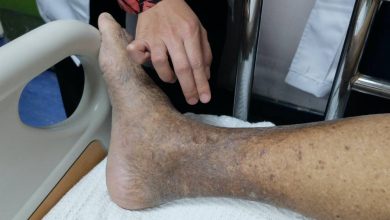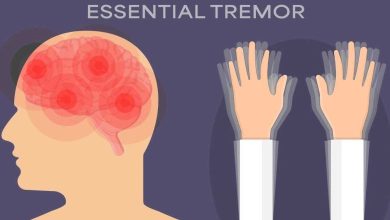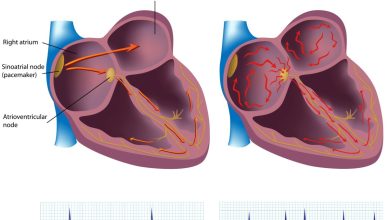Fibroadenomas Symptoms, Causes, Diagnosis and Treatment

What are Fibroadenomas?
They are noncancerous, solid tumors of the breast that mostly occurs in young girls and females under 30 years of age. Someone with fibroadenomas can define it as smooth, firm, hard or rubbery with a distinct shape. Though painless, yet fibroadenoma can feel like a stone in the breast which is easily moveable under the skin. Its size may vary, while it can shrink or turn bigger on its own. Your doctor can conduct regular examining of fibroadenomas in order to detect the changes in its feel or size.
What are the symptoms of Fibrodenomas?
Basically, fibroadenomas are hard breast masses or lumps which mostly are:
- Rubbery or firm.
- Round with different borders.
- Easily moveable.
- Painless.
When pressing on a fibroadenoma, it can feel like some marble present within the breast. One can have a single or numerous fibroadenomas. It can differ in size ranging from tiny to eight centimeters in diameter.
What causes Fibroadenomas?
The exact cause of finbroadenomas is still a mystery; however its development may be associated with reproductive hormones. It mostly occurs during the reproductive years whilst can turn even larger during pregnancy and may contract after menopause.
What are the potential complications of Fibroadenomas?
Most cases of fibroadenomas cause no affects to the chances of breast cancer, though; complex fibroadenoma do tends to increase the chances of breast cancer.
How is Fibroadenomas diagnosed?
First of all, the doctor will conduct a thorough physical exam which consists of observing both the breast for any problem. Moreover, depending upon your lump’s characteristic and age, the doctor can suggest a single or few of the below mentioned tests:
- Fine-needle aspiration.
- Breast ultrasound.
- Diagnostic mammography.
- Core needle biopsy.
How is Fibroadenomas treated?
Usually, fibroadenomas need no treatment. Though, few women tend to go for surgery, in order to remove their finroadenomas.
- Nonsurgical management: In case the doctor diagnosed the breast lump as fibroadenoma, then surgery is not necessarily needed. One may avoid to undergo surgery due to:
- It may distort the texture and shape of your breast.
- At times, fibroadenomas disappear or shrink on their own.
In case of not going for the surgery option, it’s necessary to regularly examine your fibroadenoma through ultrasound of your breast in order to notice any changes occurred in the size or appearance of your lump. People those cannot take the burden of fibroadenomas, can choose the surgery option for removing it.
- Surgery: in case the doctor finds out your clinical breast exam to be abnormal, he or she may suggest you to undergo surgery, and not for the wait-and-watch approach. Moreover, certain procedures for removing fibroadenoma are:
- Cryoablation.
- Excisional biopsy or lumpectomy.
Furthermore, after a surgeon removes your fibroadenoma, chances are that you may again develop a single or more fibroadenomas in future. Thus, it is important to assess new lumps of the breast with ultrasound, mammograms or perhaps biopsy, in order to ascertain your lump is a fibroadenoma, and not a cancer!
By : Natural Health News




